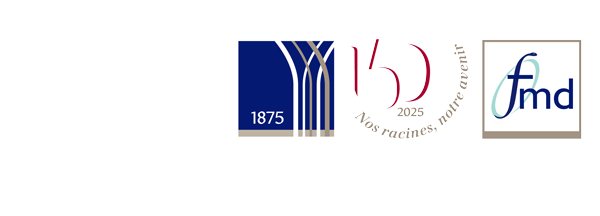Projets de Recherche
Impact of Various Locking Surface Configurations on the Trueness of Abutment-Level Digital Implant Impressions of Full Edentulous Arches: An In Vitro Study
Description :
When capturing digital scans of a complete edentulous arch, scan bodies need to be screwed over multi-unit abutments in order to transfer the 3D implant positions intro the CAD/CAM software. However, obtaining all necessary number of scan bodies needed for such impressions, and guaranteeing contamination-free digital scans especially in immediate loading procedures for fixed implant-supported prostheses can be challenging in dental practice. To overcome these challenges, practitioners may utilize various locking surface techniques by securing scan bodies on a specific part of the arch, capturing data, locking this region, then unscrewing these scan bodies, and screwing them to the implants of the other side of the arch. Thus, this approach provides clinicians with more time to achieve more accurate impressions by creating a contamination-free environment devoid of saliva and blood. Achieving accurate merging and stitching of relevant surface characteristics is crucial when integrating the new 3D data into the existing digital impression. Various elements, such as the extent of the locked region, the number, and specific location of locked implants, are influential factors that can impact the overall accuracy of the process. Although previous studies have explored different scanning procedures, little evidence exists regarding the impact of various locking configurations on the accuracy of full edentulous arch digital implant impressions. This in vitro study aims to investigate the influence of various locking surface configurations on the trueness of these impressions. The null hypothesis was that locking surfaces would not affect the trueness of the digital implant impressions. A maxillary stone model cast was used containing 4 internal connection implant analogs (Bone Level implant analogs RC, Straumann). The two anterior implants ø4.1mm are parallel to each other, whereas the distal posterior implants ø4.1mm on each side have an angulation of 17° simulating All-on-4 clinical cases. 2 Screw Retained Abutments SRA of 0o angulation will be placed on anterior implants and two Screw Retained Abutments SRA of 17o angulation will be placed on distal implants. TRIOS3 IOS (3SHAPE, Denmark) intraoral scanner will be used to take digital implant level impressions for these four groups: Group I (G0): Digital impression using four abutment level scan bodies Group II (G1): Digital impression using three abutment level scan bodies Group III (G2): Digital impression using two abutment level scan bodies Group IV (G3): Digital impression using one abutment level scan body Based on the studies mentioned in the literature review, a sample size of n = 15 for each group was found to be adequate to obtain power greater than 95% for the difference between groups, alongside a Type I error rate of 0.05. (21) (22) All scans will be done by only one operator, with a 5-minute break between each one of them to prevent fatigue during scanning and with 1-hour break when moving from a group to another. STL files will be superimposed over STLR using best fit algorithm of a software program (Geomagic Control X, 2018) to compare the scan bodies positions. Trueness will be measured in order to evaluate accuracy of the digital impressions. However, to test trueness, 3-D, angular, and distance deviations were made between each of the test groups and the control group by comparing the scan bodies with a mesh to mesh comparison without doing scan body matching from the library.
Titulaire :TOHME Hani
Contact USJ :
hani.tohme@usj.edu.lb
Chercheur(s) :
Dr Hani TOHME
Projet présenté au CR, le : 27/01/2023
Projet achevé auprès du CR : 15/09/2023

